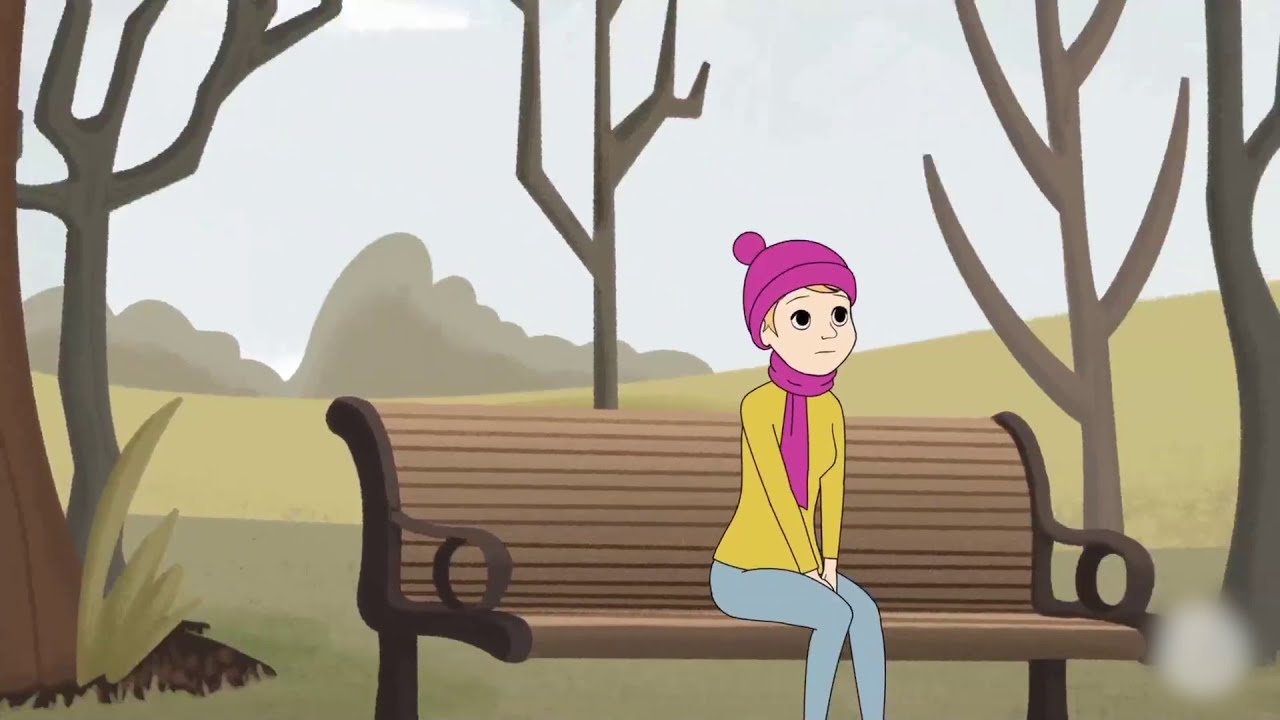Seasonal affective disorder (SAD) is a type of depression that’s related to changes in seasons — SAD begins and ends at about the same times every year. If you’re like most people with SAD, your symptoms start in the fall and continue into the winter months, sapping your energy and making you feel moody. Less often, SAD causes depression in the spring or early summer.
Treatment for SAD may include light therapy (phototherapy), medications and psychotherapy.
Don’t brush off that yearly feeling as simply a case of the “winter blues” or a seasonal funk that you have to tough out on your own. Take steps to keep your mood and motivation steady throughout the year.
Symptoms:
—————–
In most cases, seasonal affective disorder symptoms appear during late fall or early winter and go away during the sunnier days of spring and summer. Less commonly, people with the opposite pattern have symptoms that begin in spring or summer. In either case, symptoms may start out mild and become more severe as the season progresses.
Signs and symptoms of SAD may include:
Feeling depressed most of the day, nearly every day
Losing interest in activities you once enjoyed
Having low energy
Having problems with sleeping
Experiencing changes in your appetite or weight
Feeling sluggish or agitated
Having difficulty concentrating
Feeling hopeless, worthless or guilty
Having frequent thoughts of death or suicide
Fall and winter SAD:
Symptoms specific to winter-onset SAD, sometimes called winter depression, may include:
Oversleeping
Appetite changes, especially a craving for foods high in carbohydrates
Weight gain
Tiredness or low energy
Spring and summer SAD
Symptoms specific to summer-onset seasonal affective disorder, sometimes called summer depression, may include:
Trouble sleeping (insomnia)
Poor appetite
Weight loss
Agitation or anxiety
Seasonal changes in bipolar disorder
In some people with bipolar disorder, spring and summer can bring on symptoms of mania or a less intense form of mania (hypomania), and fall and winter can be a time of depression.
When to see a doctor:
———————————-
It’s normal to have some days when you feel down. But if you feel down for days at a time and you can’t get motivated to do activities you normally enjoy, see your doctor. This is especially important if your sleep patterns and appetite have changed, you turn to alcohol for comfort or relaxation, or you feel hopeless or think about suicide.
Causes:
————
The specific cause of seasonal affective disorder remains unknown. Some factors that may come into play include:
-Your biological clock (circadian rhythm). The reduced level of sunlight in fall and winter may cause winter-onset SAD. This decrease in sunlight may disrupt your body’s internal clock and lead to feelings of depression.
-Serotonin levels. A drop in serotonin, a brain chemical (neurotransmitter) that affects mood, might play a role in SAD. Reduced sunlight can cause a drop in serotonin that may trigger depression.
-Melatonin levels. The change in season can disrupt the balance of the body’s level of melatonin, which plays a role in sleep patterns and mood.
Risk factors:
——————-
Seasonal affective disorder is diagnosed more often in women than in men. And SAD occurs more frequently in younger adults than in older adults.
Factors that may increase your risk of seasonal affective disorder include:
-Family history. People with SAD may be more likely to have blood relatives with SAD or another form of depression.
-Having major depression or bipolar disorder. Symptoms of depression may worsen seasonally if you have one of these conditions.
-Living far from the equator. SAD appears to be more common among people who live far north or south of the equator. This may be due to decreased sunlight during the winter and longer days during the summer months.
Complications:
————————
Take signs and symptoms of seasonal affective disorder seriously. As with other types of depression, SAD can get worse and lead to problems if it’s not treated. These can include:
Social withdrawal
School or work problems
Substance abuse
Other mental health disorders such as anxiety or eating disorders
Suicidal thoughts or behavior
Treatment can help prevent complications, especially if SAD is diagnosed and treated before symptoms get bad.
#SAD #seasonalaffectivedisorder #changesinseason #sadcauses #sadsymptoms #sadtreatment #sadcomplications #wintersad #summersad #sadriskfactors #bipolardisorder #Melatoninlevels #Serotoninlevels #hypomania #summerdepression #winterdepression #signsofseasonalaffectivedisorder #depression #healthawareness #mentalhealthawareness
source
